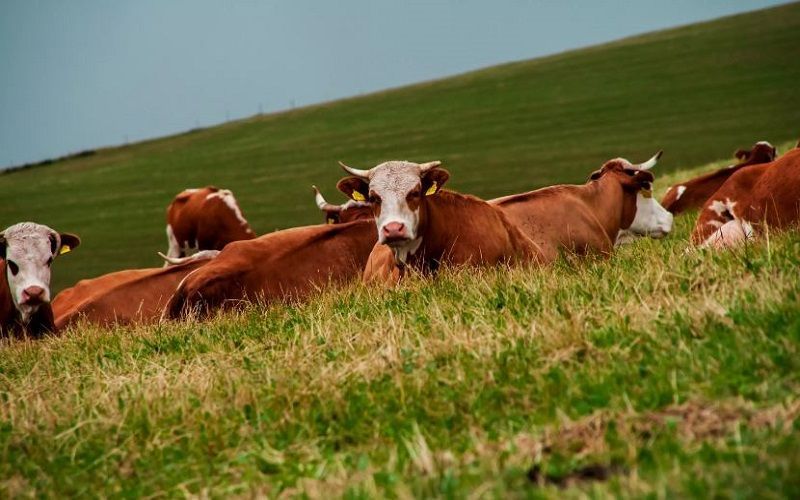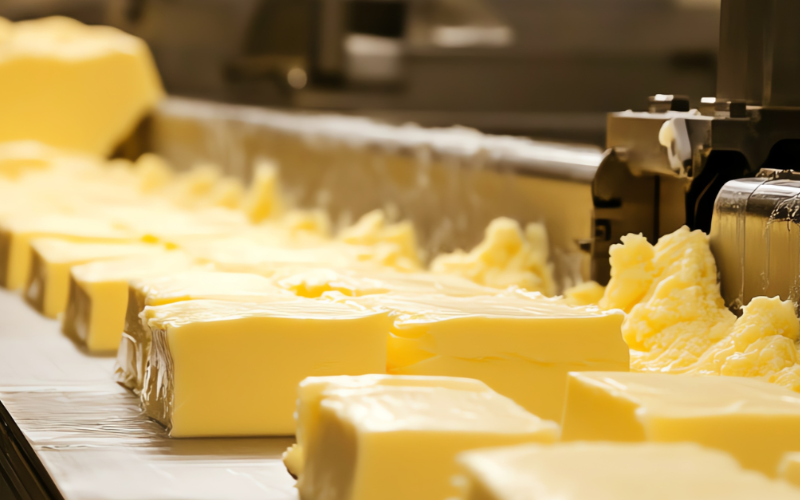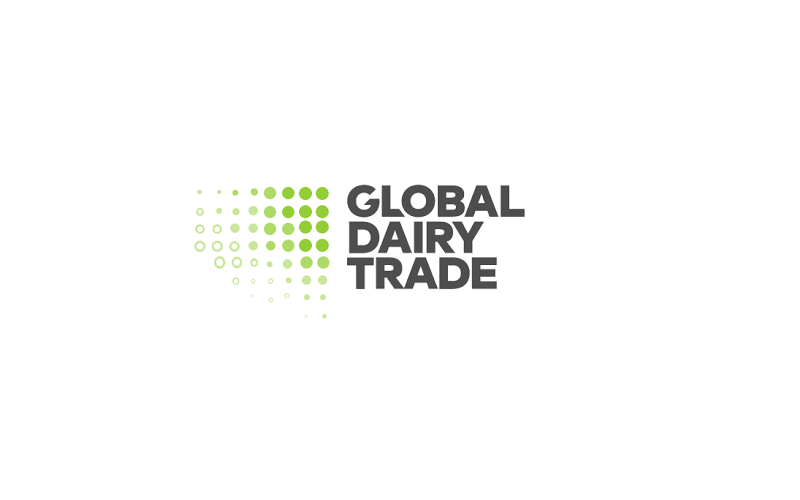Zimbabwe's dairy cattle herd reaches 65,660, 119% above target

The NDS1 programme, which runs from 1 January 2021 to 31 December 2025, envisaged:
-
Increasing the dairy herd from 16,000 to 30,000 heads.
-
Increasing raw milk production from 70 million litres to 130 million litres.
-
Increasing raw milk processing volumes from 70 million litres to 130 million litres.
To achieve these targets, the following measures were taken:
-
Implementing the Dairy Revitalisation Programme, funded by a voluntary levy on cheese and butter imports.
-
Managing milk powder imports and encouraging local raw milk production.
-
Supporting the modernisation and upgrading of existing dairy enterprises.
However, obstacles to the development of the sector remain. According to the NDS1 report, the key challenges facing farmers are:
⚠️ Lack of breeding stock.
⚠️ High cost and limited access to feed.
⚠️ Weak market infrastructure and challenges in accessing marketing.
⚠️ Limited investment in the sector.
Progress in numbers
According to the Department of Dairy Services (DSU), for 2024:
Dairy cattle herd reached 65,660, 119% above the NDS1 target.
Milk production increased from 70 million litres to 115 million litres in 2023, and is projected to reach 132 million litres in 2025, above the 130 million litre target.
Budgetary measures to boost the sector
In response to the NDS1 targets, Zimbabwe’s Minister of Finance, Economic Development and Investment, Professor Mthuli Ncube, has launched a number of support mechanisms for the dairy sector in the 2022 and 2023 national budgets.
2022: a 5% duty on dairy imports was introduced to replenish the Dairy Revival Fund (DRF).
2023: a strategy for gradual import substitution by increasing local production was adopted, it was planned to increase raw milk processing from 70 to 130 million liters per year by 2025, a decrease in the use of local raw materials was detected due to more profitable imports of dry milk. In this regard, it was proposed to reduce quotas for duty-free imports of dry milk.
Reducing dependence on imports
The state has launched a gradual reduction in duty-free imports of dry milk and cheese:
-
In 2023 - 75% of the quota.
-
In 2024 - 50% of the quota.
-
In 2025 - 25% of the quota.
These fiscal measures have already yielded results:
Dairy imports fell by 16%, from $37 million in 2021 to $31 million in 2022.
In 2023, imports fell by another 15%, to $27 million.
Data for 2024 has not yet been published, but the downward trend continues.
Development prospects
Zimbabwe has not only achieved, but also significantly exceeded its dairy development targets. However, further growth will require additional investment in feed, breeding stock, infrastructure and sales markets. Government measures to reduce dependence on imports and develop domestic production continue to yield positive results.











